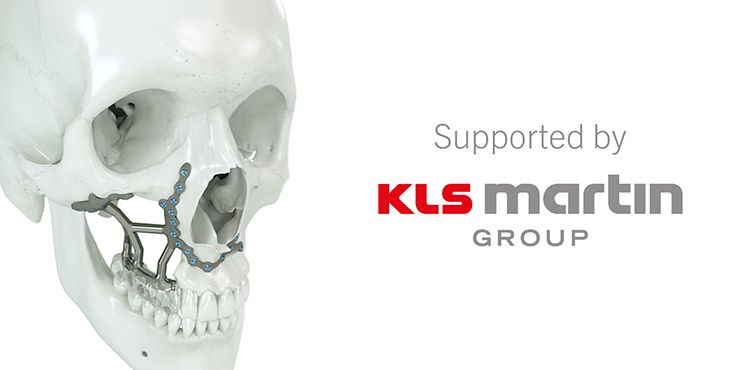The main objectives for TMJ therapy is to relieve symptoms, to restore TMJ function and to stop disease progress. To restore disc in anatomic position has also been reported to be a goal in TMJ surgery, but it is still controversial. While analyzing results in open TMJ surgery, reposition of the disc has not been fully demonstrated to be stable in the long-term view. However, the presence of an advanced disc in patients with dentofacial deformities undergoing counter clock-wise rotation has been reported to increase the risk for condylar resorption and thus, in these patients, a logical approach would be to return the disc to a normal anatomic and functional position. Also, for internal derangement (ID) of the TMJ, excellent results have been reported for open TMJ disc repositioning, even with a reported 74% of cases showing new bone formation in the condyle under the correctly placed disc. Arthroscopic surgery has been extensively reported to be effective in the treatment of TMJ ID, both by arthroscopic lysis and lavage and also by the more sophisticated operative arthroscopy. Among this last one, repositioning suturing techniques are considered one of the most challenging procedures for the surgeon due to the long-learning curve and difficulty. If one considers that arthroscopy is a minimally invasive approach, several advantages over open surgery should be expected for restoring the disc into its normal anatomic position while avoiding complications derived from open approaches.
In this lecture, the author approaches the most common arthroscopic disc repositioning techniques including their reported results. Main conclusions are:
1) that that operative arthroscopy by anterior myotomy and electrocoagulation of the posterior ligament is an effective method for the treatment of TMJ ID
2) arthroscopic disc repositioning techniques are clinically effective in treating patients with anterior disc displacement with or without reduction in terms of pain reduction and mouth opening, although it is not clear that repositioned discs may be maintained over time
3) although both open surgery and arthroscopy are effective, arthroscopy should be the first option due to its minimally-invasive nature.

